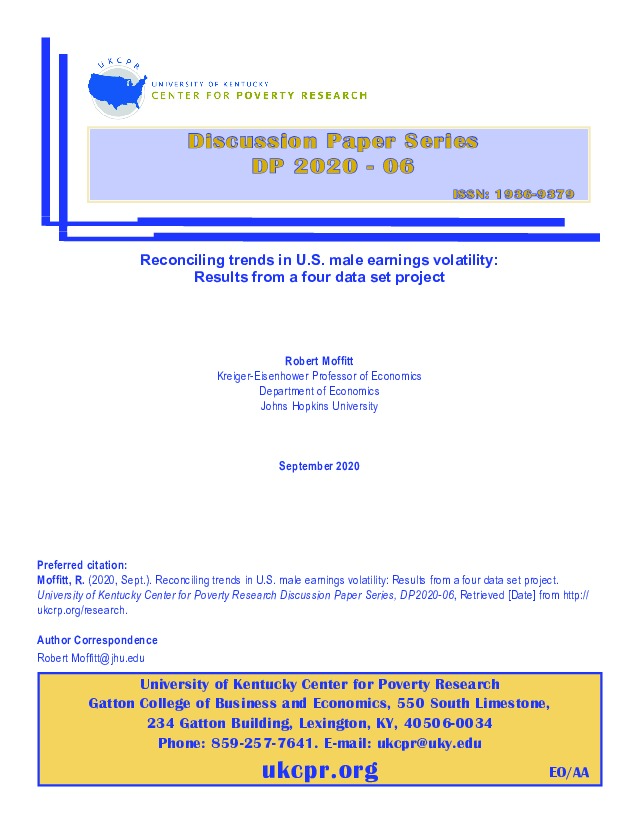There is a large literature on earnings and income volatility in labor economics, household finance, and macroeconomics. One strand of that literature has studied whether individual earnings volatility has risen or fallen in the U.S. over the last several decades. There are strong disagreements in the empirical literature on this important question, with some studies showing upward trends, some downward trends, and some flat trends. Some studies have suggested that the differences are the result of using flawed survey data instead of more accurate administrative data. This paper provides an overview of a project attempting to reconcile these findings with four different data sets and six different data series--three survey and three administrative data series, including two which match survey respondent data to their administrative data. Using common specifications, measures of volatility, and other treatments of the data, the papers show almost uniformly a lack of any significant long-term trend in male earnings volatility over the last 30 years. Moreover, the survey and the administrative data almost entirely agree on that long-term stability when the comparison is done properly. Several possible explanations for the differing finds in past work are suggested by the papers. The stability of earnings volatility raises many questions for future research on trends in the U.S. labor market.
Research
InequalityPDF Thumbnail
